Over the last decade, there’s been an exponential increase in the number of arts and culture festivals being hosted in small towns and villages across India. These festivals showcase the hidden gems of the country, boosting tourism, empowering local artists and artisans and benefitting the entire community as a whole. However, staging large-scale events in rural and remote locations brings a unique set of challenges, from transportation and accommodation to curation and production. We interview four festival organisations about why they chose to hold their festivals in small towns and villages, the obstacles they have overcome and the impact the events have made.
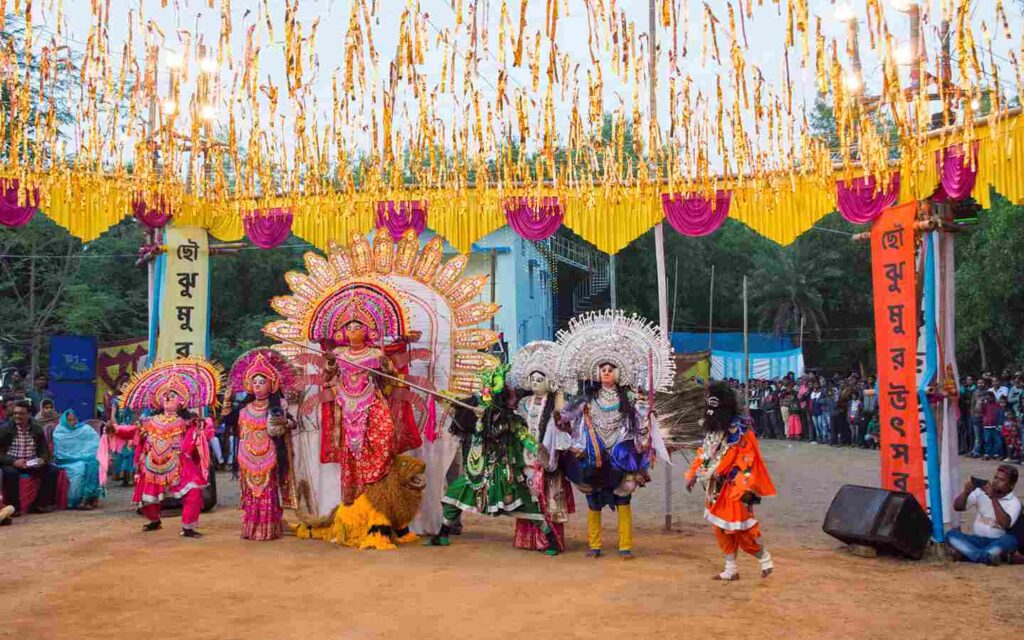
Baul Fakiri Utsav, Chau Jhumur Utsav, POT Maya
Located in: Villages across West Bengal
Launched in: 2010
Siddhanjan Ray Chaudhuri, general manager – projects at banglanatak dot com, which organises the Baul Fakiri Utsav, Chau Jumur Ustav and POT Maya in rural West Bengal, says that festivals in villages serve a dual purpose. They act as a catalyst in providing necessary visibility to ancient art forms and give the locals “equal opportunities”, similar to those enjoyed by their city-based counterparts.
As a result, they have led to a sense of ownership within the community and encouraged youth to participate. For instance, the average age of a practising Baul Fakiri artist has now fallen from 52 years in 2004 to 33 years, claims Chaudhuri.
Being cognisant of community needs and circumstances is crucial to the success of such events. “Logistics is a critical factor and involves a paradigm of diverse issues and coordination, which are often not explicitly visible,” says Chaudhuri. For example, bangalanatak dot com runs their festivals from 3 pm to 8 pm so that locals can complete their agricultural and household activities before heading out.
Encouragingly, women’s participation in the festivals has increased, Chaudhuri says. “Organising the festivals in the village has radically increased the presence of women, who often find it difficult to attend events organised outside their village due to several gender-related challenges.”
Moreover, these festivals have boosted tourism in the region. “Holding these festivals has transformed these villages into vibrant cultural tourism destinations for local, national and international visitors,” says Chaudhuri. According to him, Purulia, where the Chau Jhumur Utsav takes place, now “hosts more than 200 local festivals showcasing its intangible cultural heritage elements.” He adds, after the launch of the Baul Fakiri Utsav, the number of Baul festivals in Kolkata has grown from single digits to over 50, while in districts of Bengal it has improved three-four times in the last two decades. Consequently, local transportation services have improved and a number of small-scale eateries have opened in each of these regions.
Perhaps the biggest achievement has been the resultant change in the lives of the participating artists and artisans, who are enjoying enhanced incomes and have earned a sense of pride in their cultural heritage.
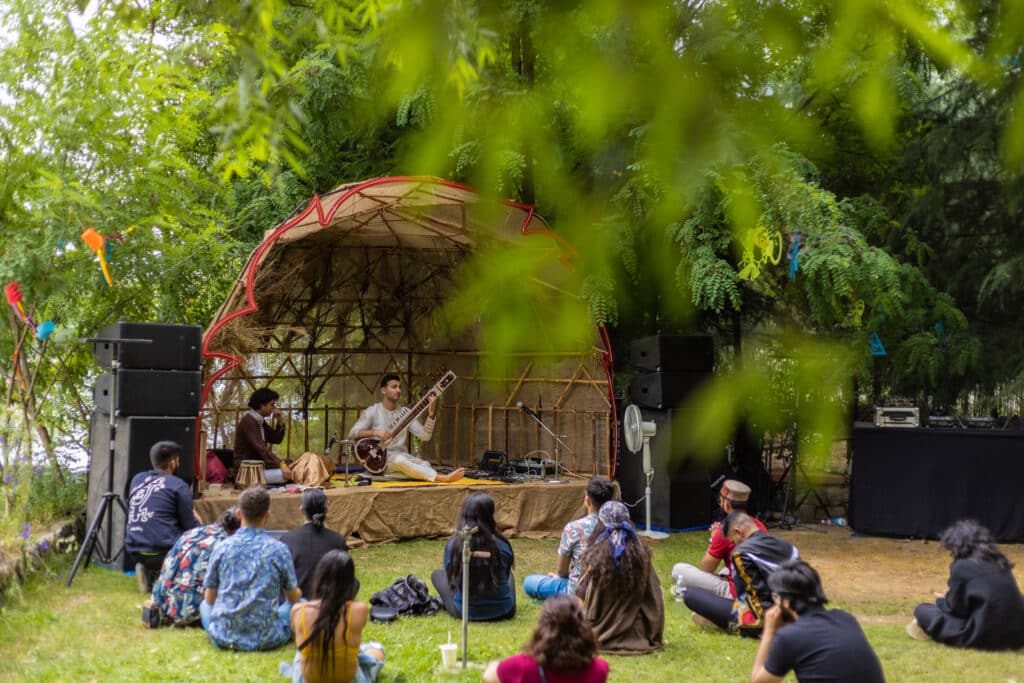
Gaia Festival
Located in: Raison, Himachal Pradesh
Launched in: 2022
Karan Bajaj, the co-founder and festival director of Gaia Festival, says his team at Gaah identified the need to hold a festival at a lesser-known location in Himachal Pradesh to give attendees a “sense of belongingness and being one with nature.” They zeroed in on Raison, a small cluster of villages on the banks of Beas River.
This meant that all the necessary equipment had to be procured from Chandigarh, which increased the costs of production. “Even procuring something as basic as ice in a good quantity in Raison becomes an arduous task,” says Bajaj. Transportation is also a challenge as Chandigarh airport is an eight-hour drive from Raison. What makes the hard work worthwhile is the impact the festival has had on the local communities in Raison and the neighbouring areas of Kullu and Manali, he says.
Food stalls offered Himachali cuisine and local welfare societies sold products by artisans making textiles and handicrafts. In keeping with the theme of the festival, the organisers partnered with Earthling First, a Himachal Pradesh-based sustainability NGO run by Kullu women, for waste management and pledged to plant a tree for every ticket sold in an area “selected and allotted by the local governing bodies in Kullu.”
Bajaj says the organising team was contacted by “many fabulous local brands spread across the spectrum”, including Adarsh Foundation, an NGO in Himachal Pradesh; Mountain Bounties, a social enterprise run by Kullu women; Big Bear Farms, an orchard farm, and Suket, a local cafe, each of which was made part of the festival. By also roping in local musicians and craftsmen, they “further activated the valley,” says Bajaj.
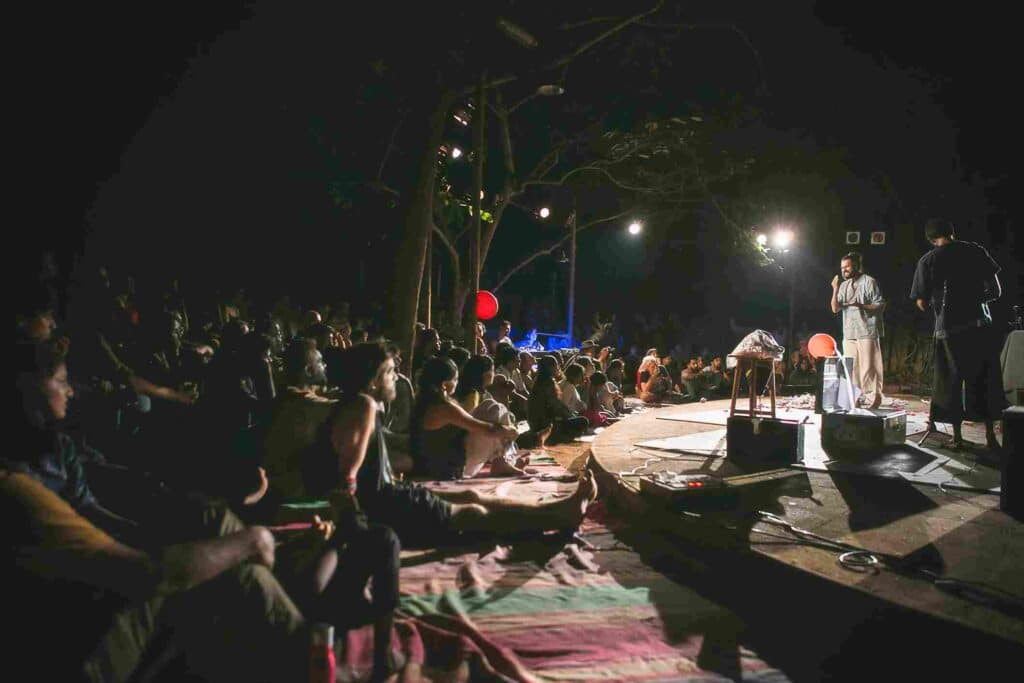
Remembering Veenapani Festival
Located in: Vanur Taluk, Puducherry
Launched in: 2015
Being situated in a village near Puducherry meant building a more invested, dedicated audience for Adishakti Laboratory for Theatre Art Research, the organisers of the Remembering Veenapani Festival. The festival location was based on a personal decision by founder Veenapani, who decided to move her base from Mumbai to Puducherry to be closer to the Sri Aurobindo Ashram as she was a follower of Indian philosopher and spiritual leader Sri Aurobindo.
The relatively remote location meant facing a challenge in bringing in regular audiences, says actor-performer Nimmy Raphael of Adishakti. This resulted in the organisers needing to put in the effort when it came to publicising the event. On the other hand, it also means that those who come are well-informed, sensitive and serious, says Raphael.
The most challenging aspect for Adishakti has been finding the right partners who share their vision. Raphael explains that as often, there would be nothing to share apart from an idea initially, it is important to have “partners who believe in the journey of an organisation in making that dream come true.”
Local artisans are invited to put up stalls at the festival, which places an emphasis on community participation. Pamphlets inviting locals to the 2022 edition were printed in Tamil and distributed to every household in the three villages surrounding Adishakti. This was done to ensure that the locals are aware that “the doors of Adishakti are open to them.”
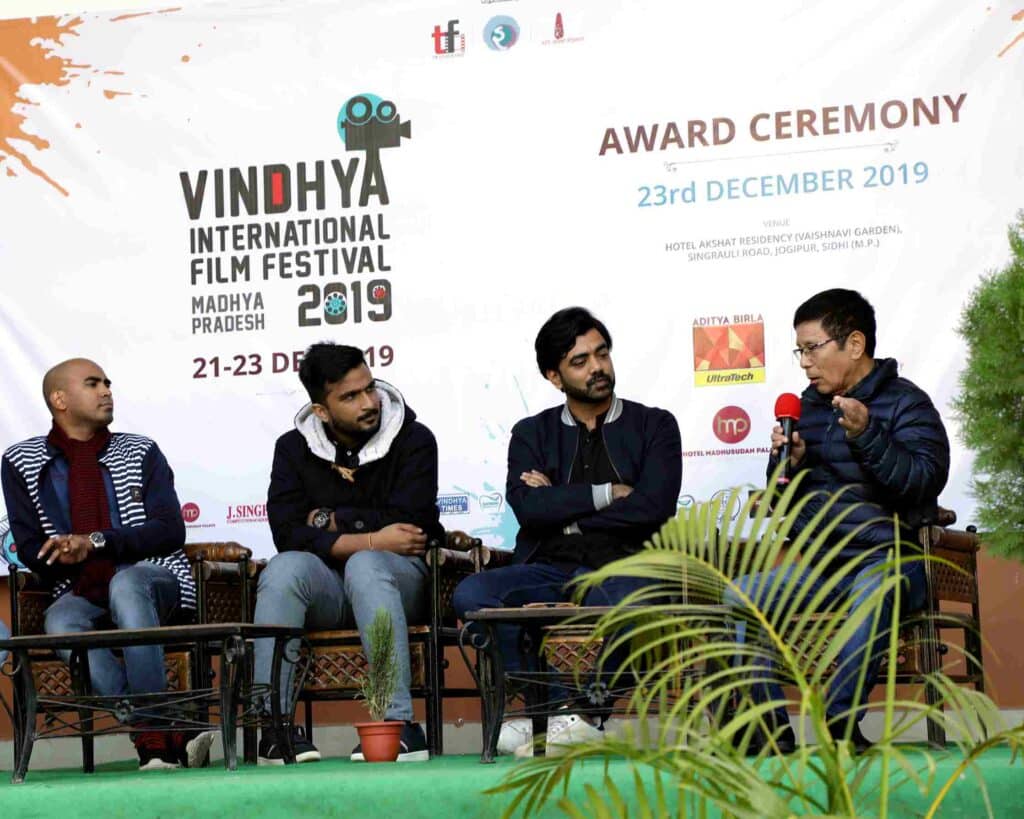
Vindhya International Film Festival Madhya Pradesh
Located in: Sidhi, Madhya Pradesh
Launched in: 2019
This festival, says director Praveen Singh, was established with the aim of providing locals exposure to world-class cinema and promoting filmmaking within the region. Singh, who is a cinematographer and editor, says the launch of the festival in the village of Sidhi, was an act of returning the knowledge and experience he had gained to the people of his hometown.
But as Sidhi is located away from the cinema hubs of Mumbai and south India, Singh finds it difficult to convince celebrities to visit the village. He says they decline to participate in the festival due to its lack of access. For example, he has to make transportation arrangements as there are no direct means of movement between the village and the city, a costly proposition in the absence of “big sponsors” for the festival.
His efforts, however, have inspired others in the village to start their own cultural events, to which his organising team lends a helping hand. “Some groups of artists have been organising film, theatre and art festivals in Sidhi,” says Singh, referring to the Mahaur Theatre and Art Festival organised by the Indravati Natya Samiti Sidhi and the Chitrangan International Film and Theatre Festival by the Rang Utsav Natya Samiti Rewa.
Singh hopes the Vindhya International Film Festival, which is at a nascent stage with only three editions so far, benefits the region in a bigger way in the future, by attracting more filmmakers to the region. He says that “small-budget films” have been shot in Sidhi by teams from Mumbai, and that an Italian director has been working on a script and will be shooting in Sidhi soon. Plans are also underway to organise the festival in larger cities across Madhya Pradesh to promote Sidhi and attract tourists to the scenic locale.
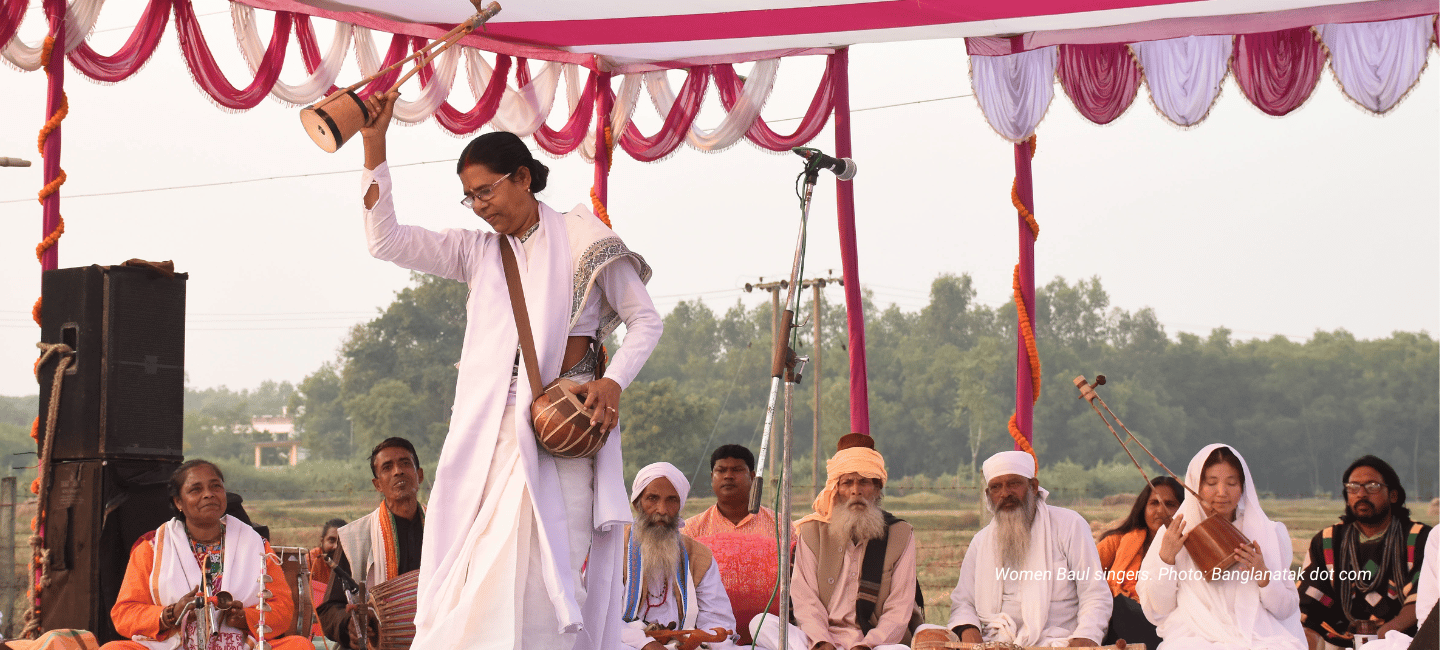
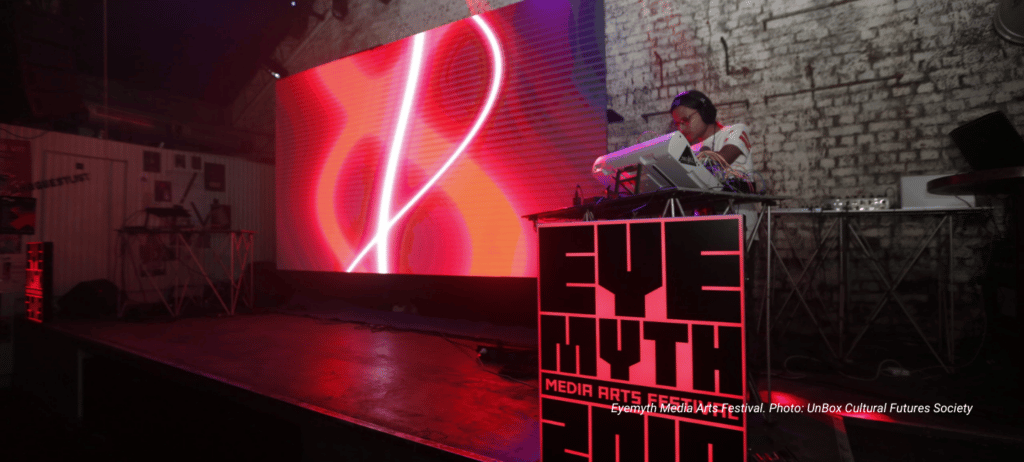
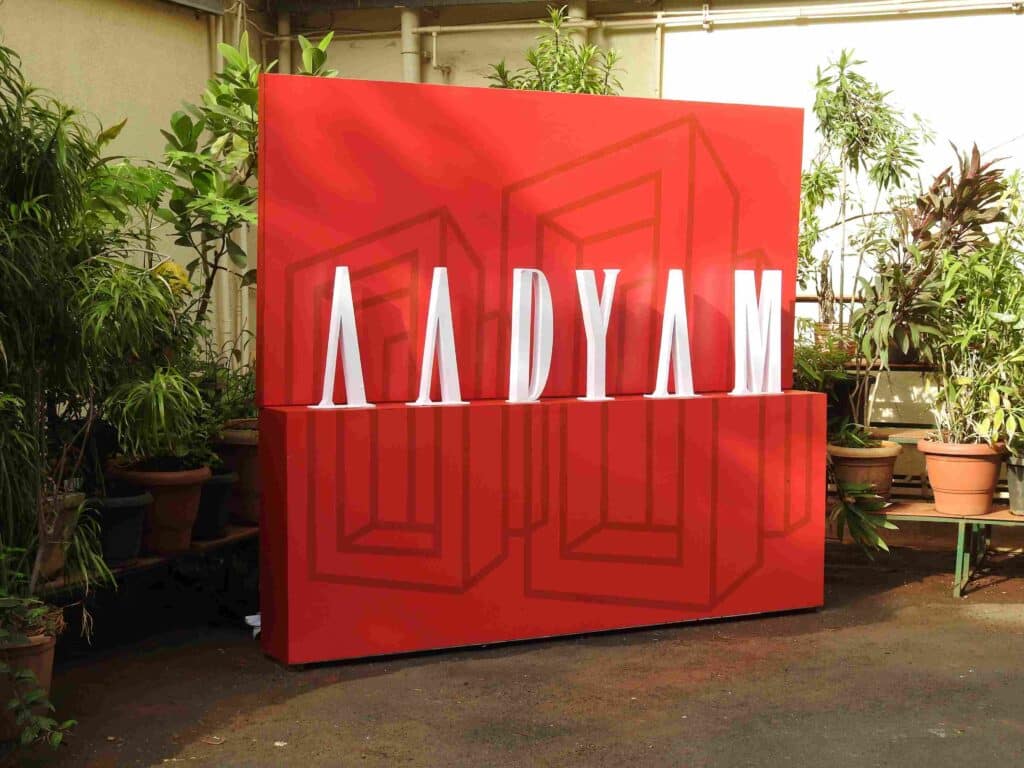
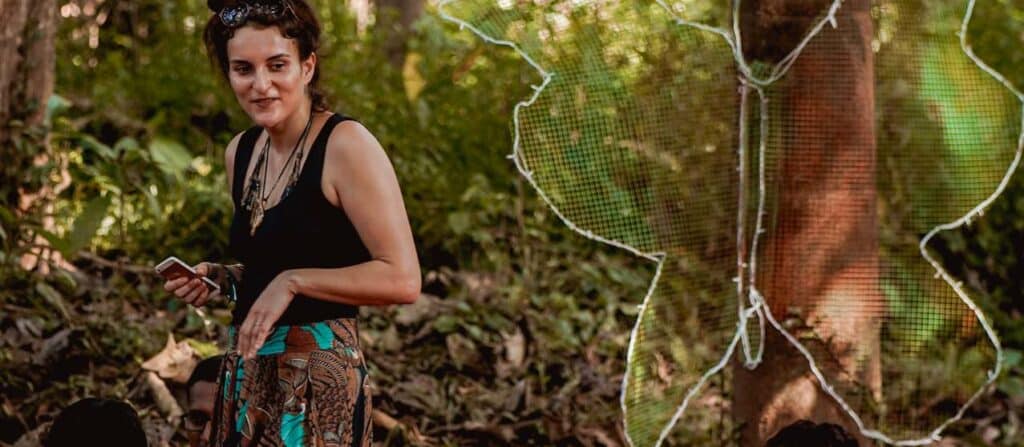
Share on